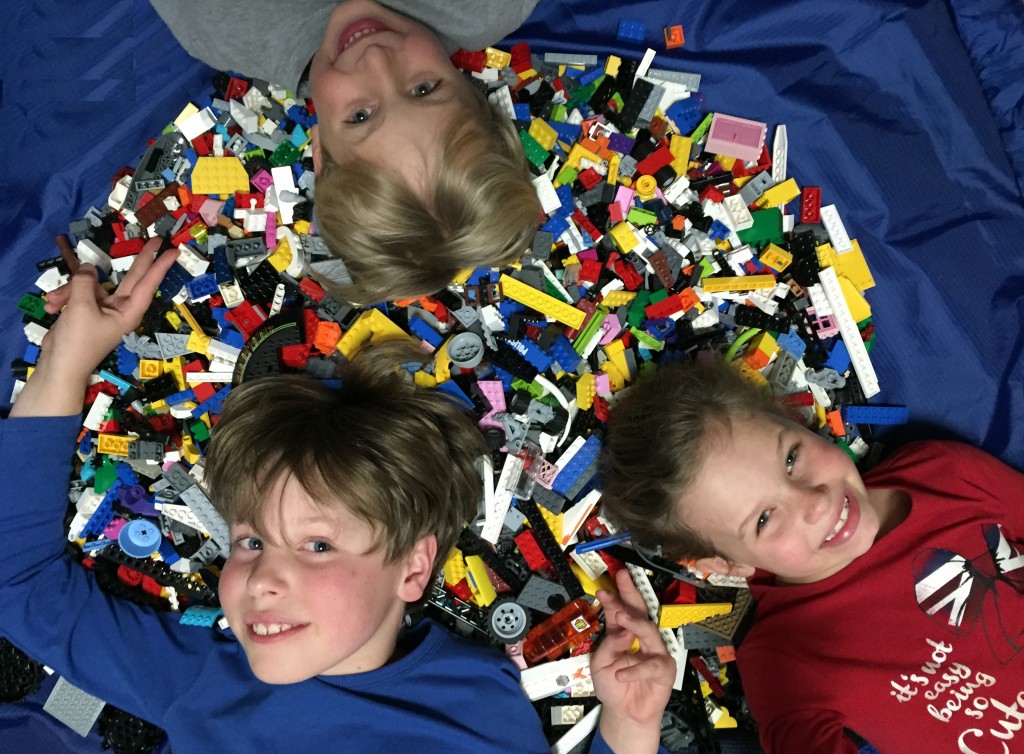GROWTH MINDSET & THE LEARNING PIT?
Do you know the most powerful 3-letter word you can use in your classroom?
“I can’t do it,” moans one student.
“I’m not good at this,” says another.
At this precise and all-too-common moment, the most important thing you can say is…YET.
“You can’t do it…YET. You’re not good at it…YET.”
What is growth mindset?
Growth mindset is the idea that people aren’t simply born with fixed and innate abilities; everyone has the capacity to learn and improve.
Renowned Stanford University psychologist, Carol Dweck, coined the terms “fixed mindset” and “growth mindset” as she studied the attitudes children have towards learning and intelligence. Her findings highlighted the following internal monologues associated with each type of thinking:
Dweck theorises that children who demonstrate a fixed mindset are far more likely to give up when their intelligence and self-concept are challenged. In their constant pursuit of the next A grade, these students lose the meaning and joy of learning and in consequence, struggle to dream big dreams and see the big picture.
On the other hand, students with a growth mindset are more likely to see themselves as on a journey of learning and improvement. They embrace mental challenges, persist through difficulty and delve deeper into concepts to form more complex connections between ideas.
This being said, helping students to develop a growth mindset should be at the heart of any classroom so that we foster students, and later, adults, who are willing to challenge themselves, to think, to search, to try and fail, and try again.
Learn more about growth mindset
From developing a growth mindset culture in your own classroom, to finding ways to build a spirit of resilience and persistence across your school, these resources will help get you started.
A short animation summary of growth and fixed mindsets that could be useful in a classroom to explain the concept visually to students.
Carol Dweck explains her research directly, describing the power of yet and the role of praise in the learning process.
Carol Dweck: The power of believing that you can improve – TED Talk
Dan Haesler, renowned speaker and presenter on growth mindset, discusses the long-term pitfalls of praising natural talent and intelligence in children.
Can’t or won’t? How mindset shapes day-to-day decisions w/ Dan Haeslar at Happiness & Its Causes 18
What is the Learning Pit and what does it have to do with growth mindset?
Developed by James Nottingham, the Learning Pit is an analogy for the process of deep learning. It makes this challenging process visible for children and gives them the language to describe where they are at in their progress towards understanding.
By jumping into “the pit” students are consciously and purposefully embracing the challenge of learning and all of the difficult emotions and obstacles that come with it. Rather than see these things as confronting challenges to their intelligence, they become a natural and expected part of the journey. In this sense, the Learning Pit is the perfect support for developing a culture of growth mindset within your classroom!
James Nottingham explains the four stages of the Learning Pit and what they look like in the classroom.
James Nottingham’s Learning Challenge (Learning Pit) Animation
Do you love the idea of authentic, quality STEAM education?
Does the philosophy of growth mindset strike a chord with you?
Why not combine both?
Growth mindset underpins everything Build-A-Mind do!

